Three years ago, I caught myself checking my hairline in every mirror I passed. The slow retreat of my hair had become an obsession, and I'd already blown through dozens of "miracle" shampoos and supplements that promised the world but delivered nothing but lighter pockets and the same thinning crown.
Then a friend mentioned red light therapy. My first thought? Another gimmick. A glowing helmet that supposedly regrows hair sounded like something you'd see in a late-night infomercial, right between the ab cruncher and the vegetable chopper. But curiosity got the better of me, and after months of research (and some serious soul-searching), I decided to give it a shot.
Here's what I learned—the good, the bad, and the surprisingly complicated.
What Exactly Is Red Light Therapy?
Red light therapy goes by a few names: low-level laser therapy (LLLT), photobiomodulation, or just RLT. Basically, it's a treatment that uses specific red and near-infrared light wavelengths—usually between 600-680 nanometers—to supposedly kick your cells into gear.
The whole thing started back in the '60s when some Hungarian researcher noticed that mice exposed to low-level red laser light grew back thicker fur. Fast-forward sixty years, and now we've got people strapping LED helmets to their heads, hoping for the same effect.
Unlike UV light (which can fry your skin), red light is considered safe. No burns, no cancer risk—at least that's what the research suggests. The light penetrates your scalp and reaches the hair follicles underneath, where the magic is supposed to happen.
The Science Behind It (Or What We Think We Know)
I'm not a scientist, but I spent way too many late nights reading research papers trying to figure out if this thing actually works. Here's my simplified version of what's supposedly happening:
Your cells have these little powerhouses called mitochondria. When red light hits them, they supposedly crank out more ATP—think of it as cellular energy drinks. This extra juice helps your cells function better, repair damage faster, and calm down inflammation.
For hair specifically, red light therapy claims to:
Boost blood flow to your scalp. Better circulation means more nutrients reaching your hair follicles. I did notice my scalp felt warmer after sessions, which seemed like a good sign.
Extend the growth phase of hair. Hair grows in cycles, and pattern baldness basically shortens the growth phase while lengthening the rest phase. RLT supposedly helps reverse this process.
Reduce scalp inflammation. If you've got an itchy, irritated scalp (like I do), the anti-inflammatory effects might help create a better environment for growth.
Wake up dormant follicles. Some studies suggest RLT can activate stem cells in hair follicles, potentially bringing "dead" follicles back to life.
The research is... interesting. A 2019 analysis of eight studies showed RLT significantly increased hair density compared to placebo treatments. Another study found a 51% increase in hair count for women using 650nm light every other day for 17 weeks.
Sounds impressive, right? But here's the thing—most of these studies are small, short-term, and funded by device manufacturers. Take that as you will.
Who Actually Benefits from This?
After talking to my dermatologist and diving deeper into the research, I learned that RLT isn't a one-size-fits-all solution. It works best for:
Pattern baldness (androgenetic alopecia). This covers about half of men and 40% of women by age 40. It's genetic, hormone-driven, and progressive. RLT won't block DHT (the hormone that shrinks follicles), but it might help existing follicles stay healthier longer.
Stress-related hair loss. If you've experienced sudden shedding due to stress, illness, or major life changes (called telogen effluvium), RLT might help push those shocked follicles back into growth mode.
Early-stage thinning. If you're completely bald with shiny scalp and no visible follicles, RLT probably won't bring hair back from the dead. It works best when follicles are still there but struggling.
Autoimmune hair loss (alopecia areata). The anti-inflammatory effects might help calm an overactive immune system attacking your follicles.
If your hair loss is from medications, chemotherapy, or severe scarring, RLT might not be your answer. Always worth checking with a dermatologist first—they can help figure out what's actually causing your hair loss before you drop money on devices.
My Real Experience: The Good Stuff
I've been using an FDA-cleared RLT helmet for about eight months now, and I'll be honest—it's been mostly positive. Here's what I've noticed:
Less hair in the shower. This was the first change I spotted, around week 6-8. Instead of panicking every morning at the sight of hair swirling down the drain, I was seeing maybe half as much.
Thicker-feeling hair. My barber mentioned it first, actually. Around month 4, he said my hair felt denser when he was cutting it. I thought he was just being nice, but looking at photos, he wasn't wrong.
Healthier scalp. My scalp used to get itchy and flaky, especially in winter. That's pretty much gone now. Not sure if it's the RLT or just coincidence, but I'll take it.
Easier routine than expected. The helmet is cordless and lightweight. I usually wear it while checking emails or watching TV. Twenty minutes every other day isn't exactly a hardship.
Confidence boost. This one's harder to quantify, but feeling like I'm actively doing something about my hair loss—and seeing results—has helped my self-esteem. Sometimes that's worth the price of admission alone.
The Not-So-Great Parts
Let me be clear: this isn't a miracle cure, and there are some real downsides I wish someone had warned me about:
The waiting game is brutal. Hair grows slowly under the best circumstances. With RLT, you're looking at 3-6 months before seeing real changes. Those first few months were tough—I kept wondering if I'd wasted my money.
It's expensive upfront. My helmet cost $600. Cheaper options exist, but you get what you pay for in terms of light quality and coverage. Clinic treatments run about $50 per session, and you need dozens of them.
Consistency is everything. Miss too many sessions and your progress stalls. I learned this the hard way during a busy work period when I skipped two weeks. The shedding came back temporarily.
Results vary wildly. My friend bought the same device after seeing my results. Six months later, he's seen minimal improvement. Same hair loss pattern, similar age, but totally different outcome. It's frustrating but true.
It's not a cure. If you stop using RLT, the benefits fade. I've accepted that this helmet is probably a permanent part of my routine, like going to the gym or taking vitamins.
Quality matters—a lot. I initially bought a $150 cap online that barely warmed my scalp. After researching wavelengths and power output, I upgraded to a medical-grade device. The difference was night and day.
How I Actually Use It
After some trial and error, here's what works for me:
I use my helmet every other day for 20 minutes, usually in the evening while catching up on shows. I tried daily sessions initially but found they made my scalp slightly irritated.
Before each session, I make sure my scalp is clean and part my hair (what's left of it) to ensure maximum light exposure. I also use minoxidil about an hour after RLT sessions—my dermatologist suggested the improved blood flow might help absorption.
I take progress photos monthly, always in the same lighting and from the same angles. Trust me, your memory is unreliable when it comes to gradual changes.
Is It Worth Your Money?
After nearly a year with RLT, here's my honest take: it's worth trying if you're dealing with early-stage pattern baldness or stress-related hair loss, you can afford the upfront cost without financial stress, and you're willing to commit to months of consistent use before seeing results.
It's not going to give you a full head of hair if you're significantly bald, and it definitely won't work for everyone. But for people like me with mild to moderate thinning, it can slow loss and improve what you've got.

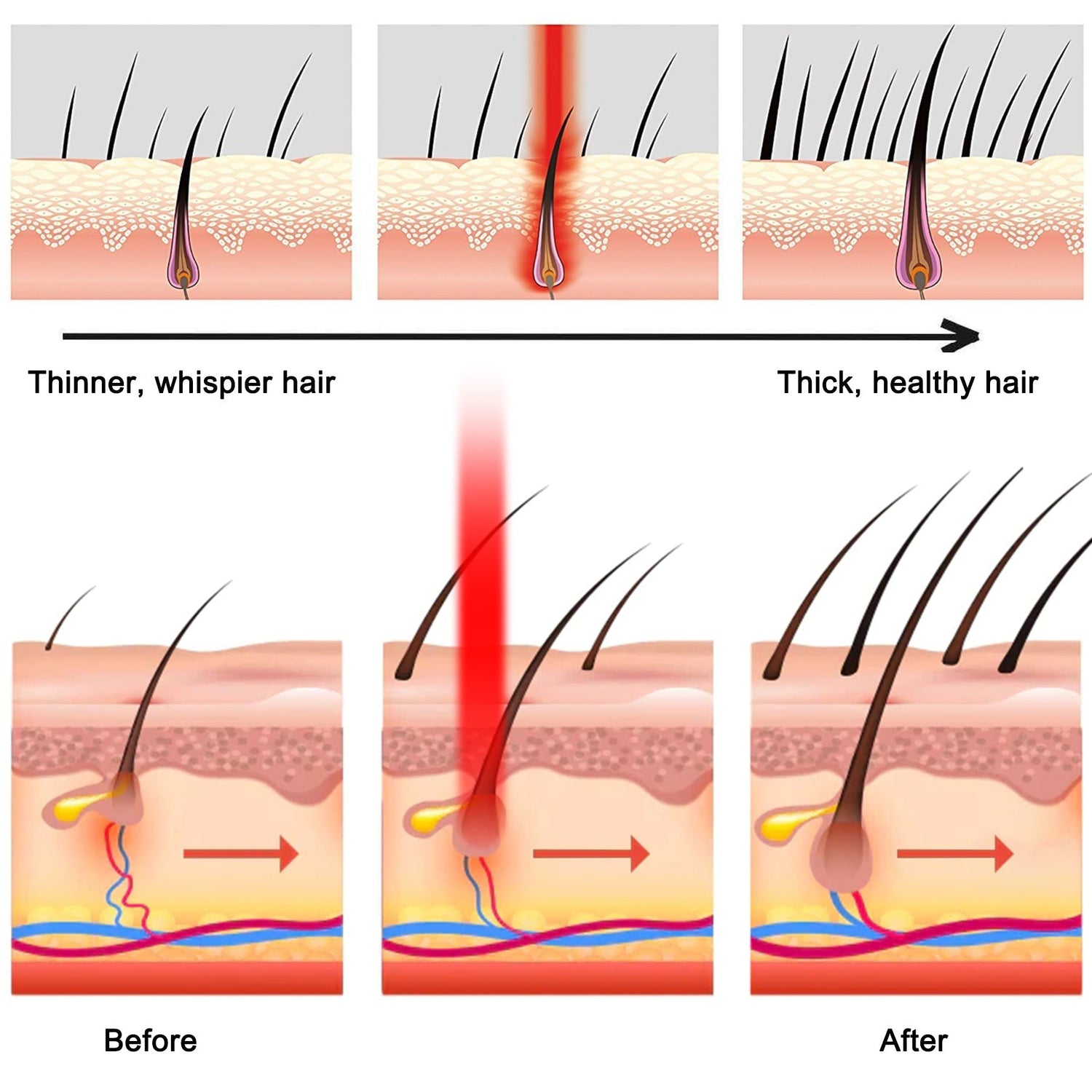
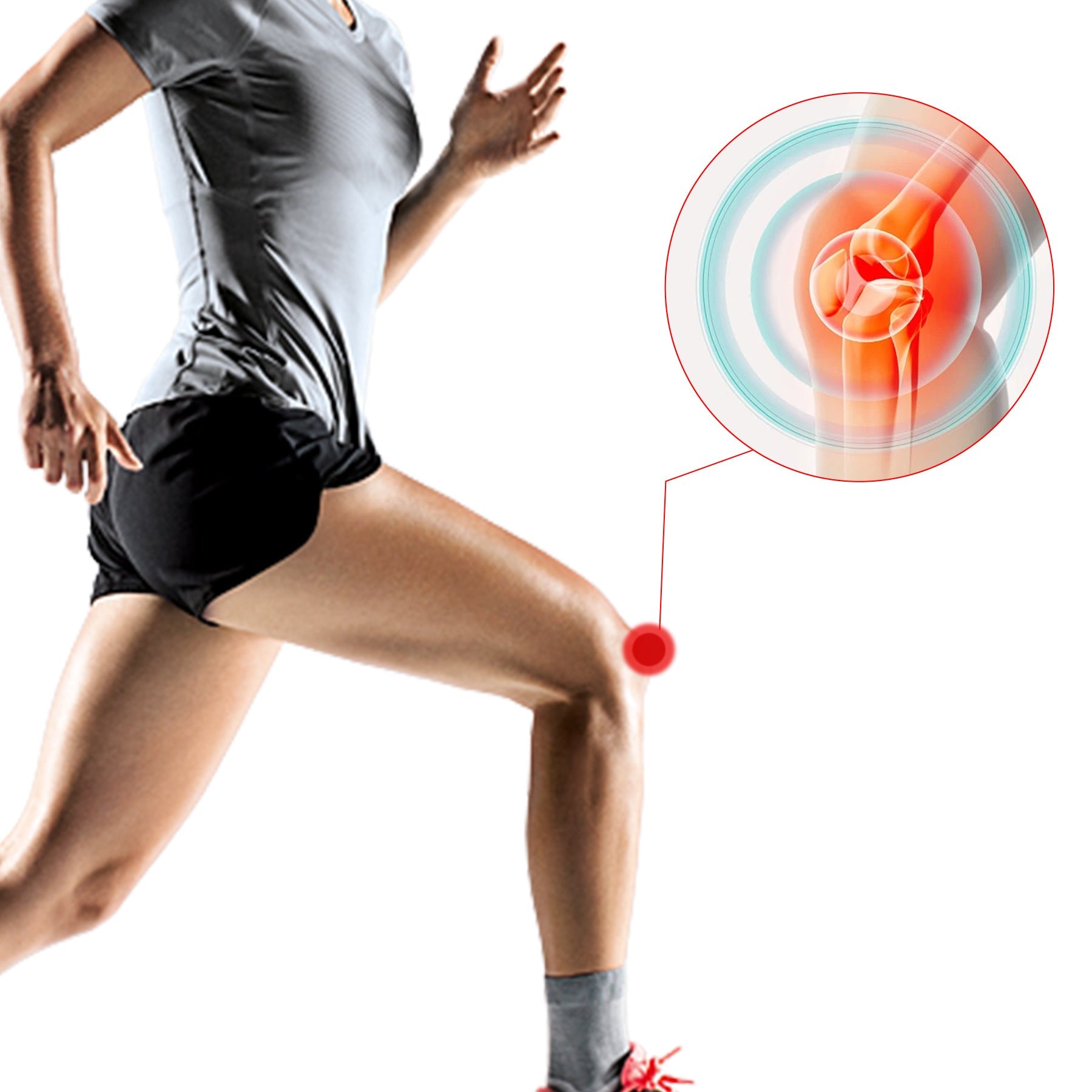
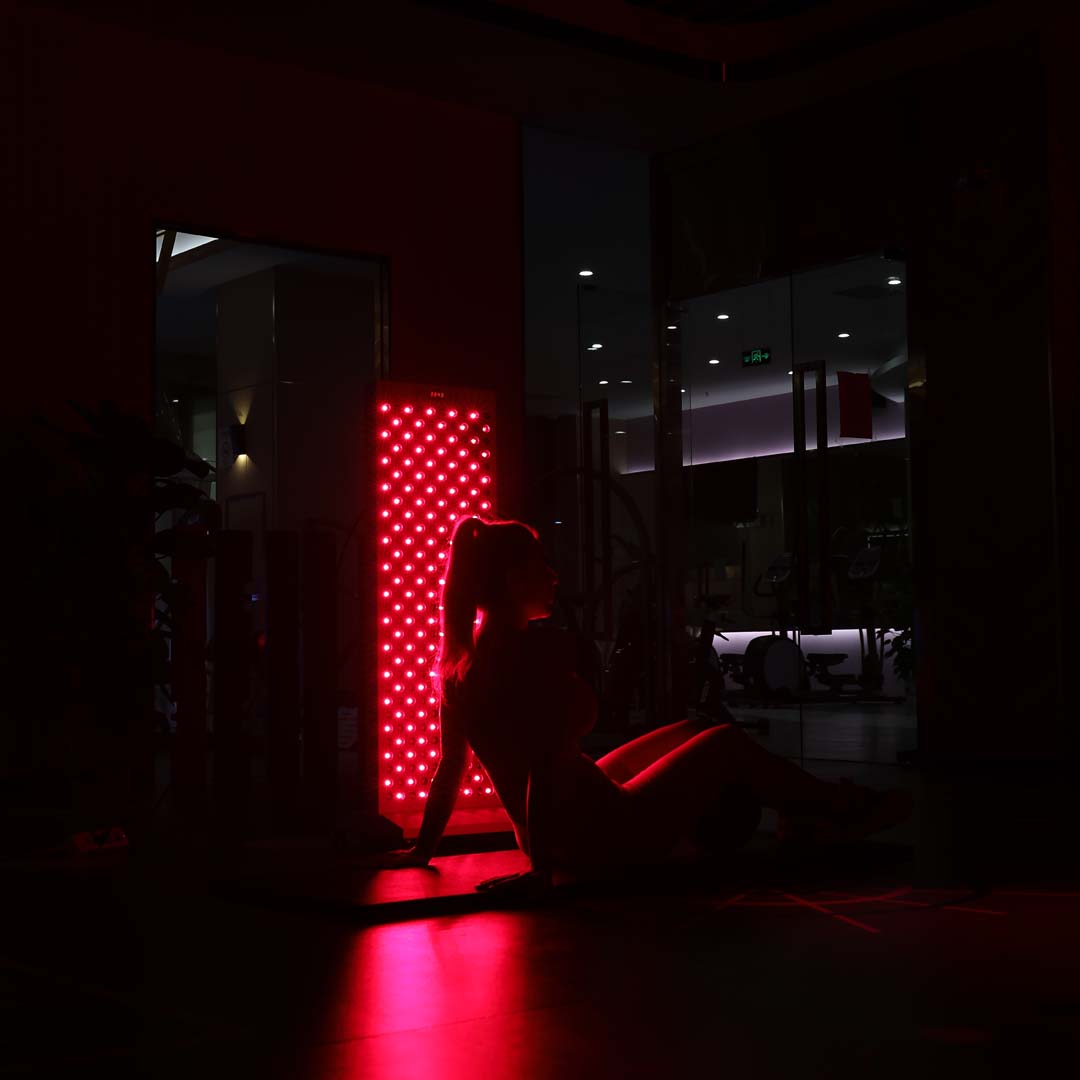
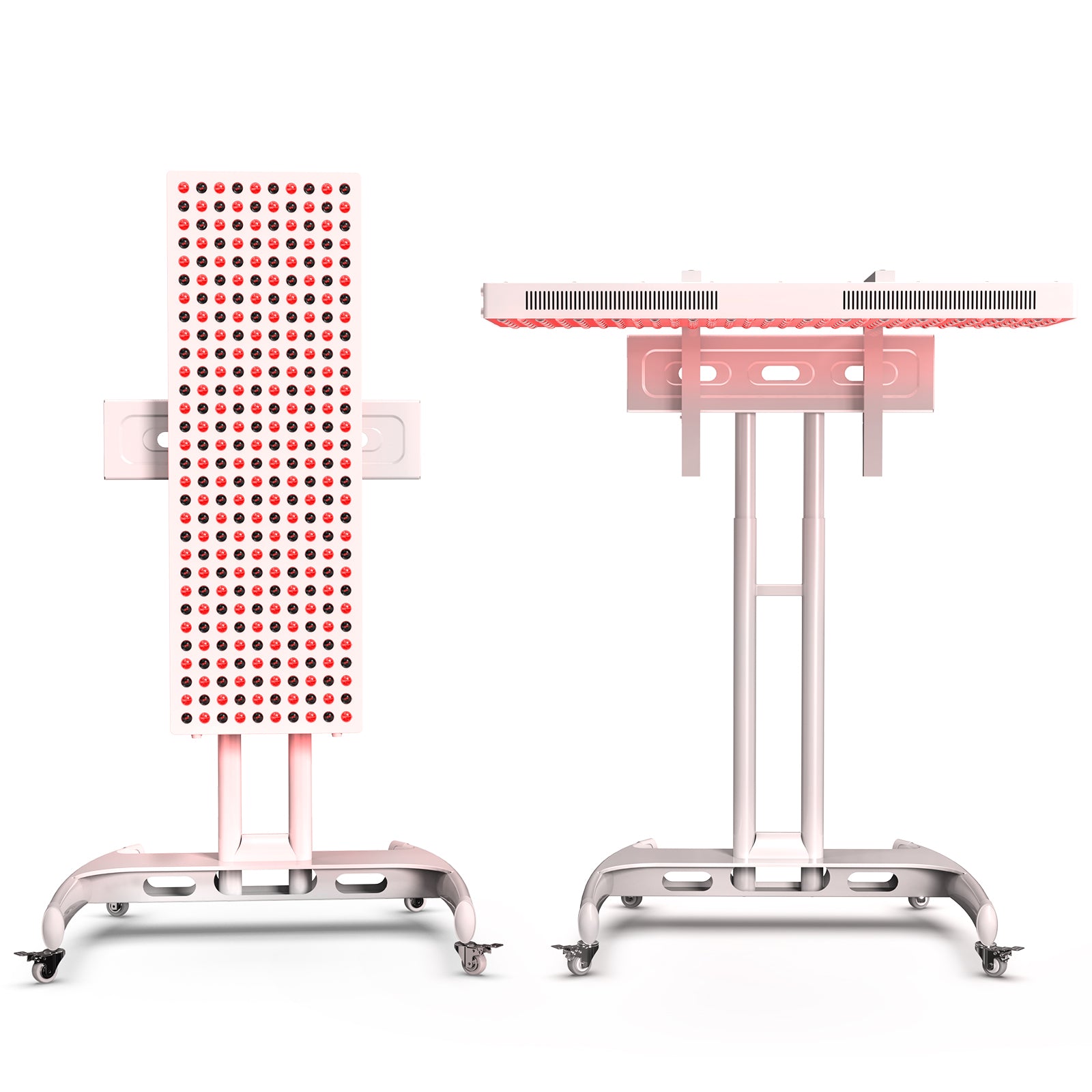
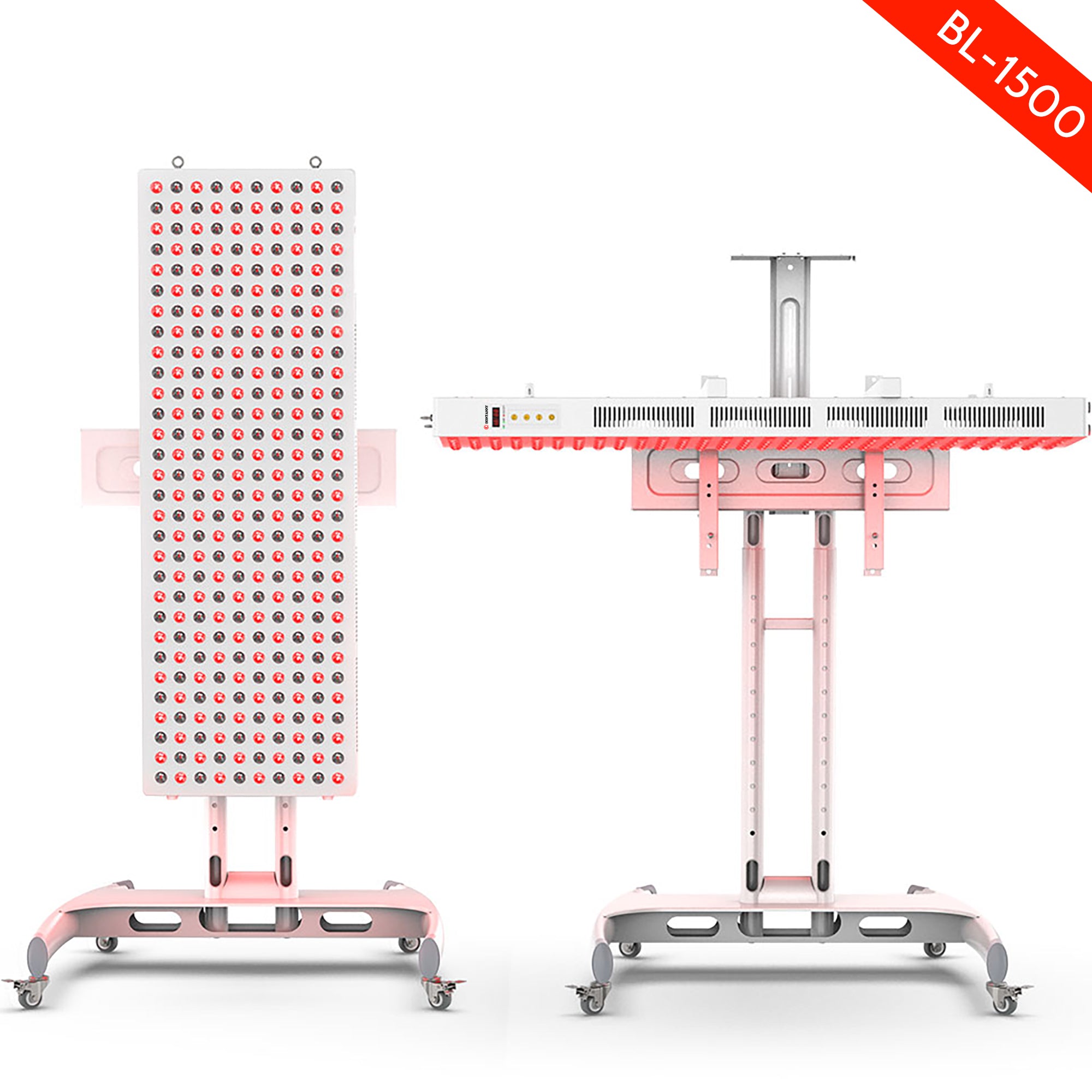
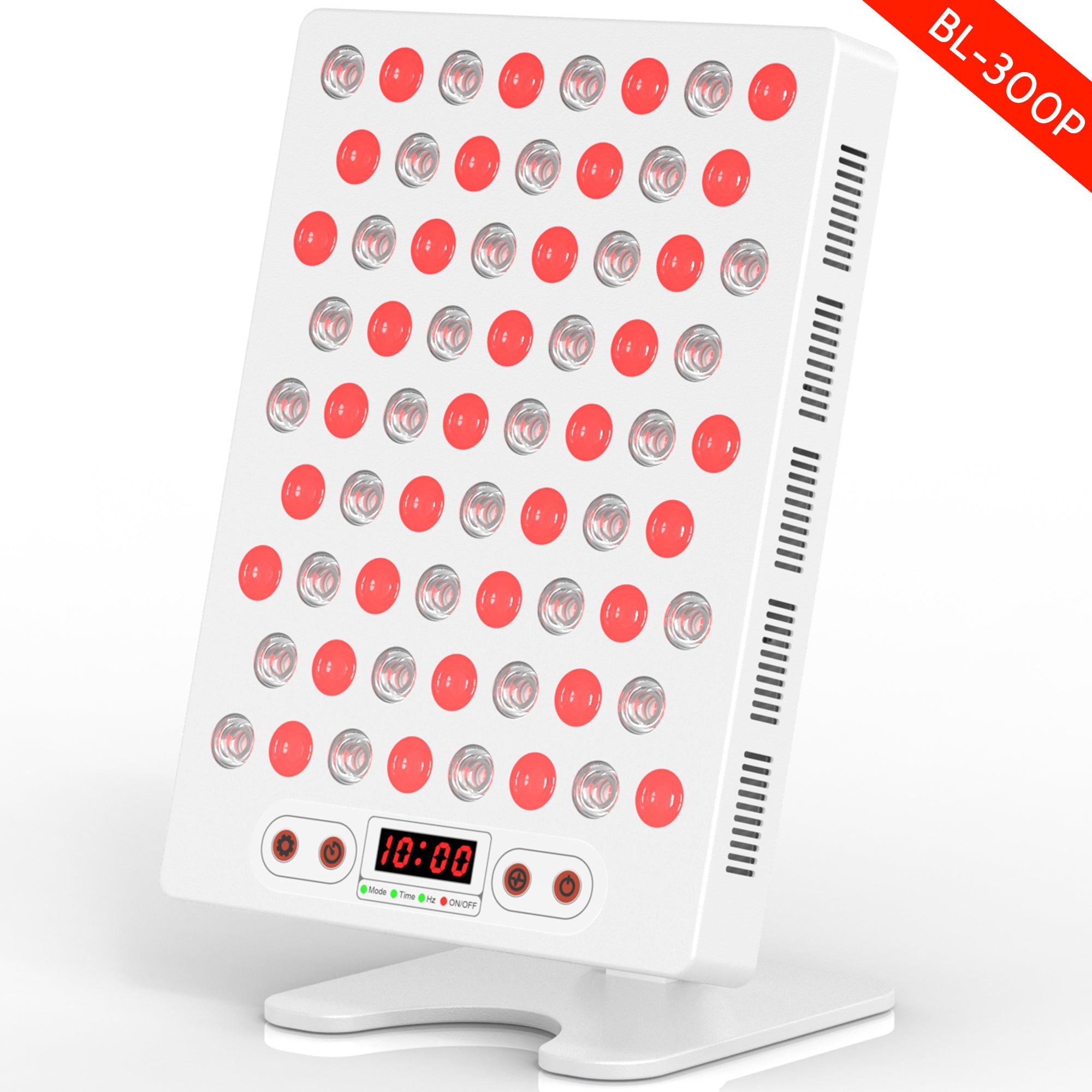
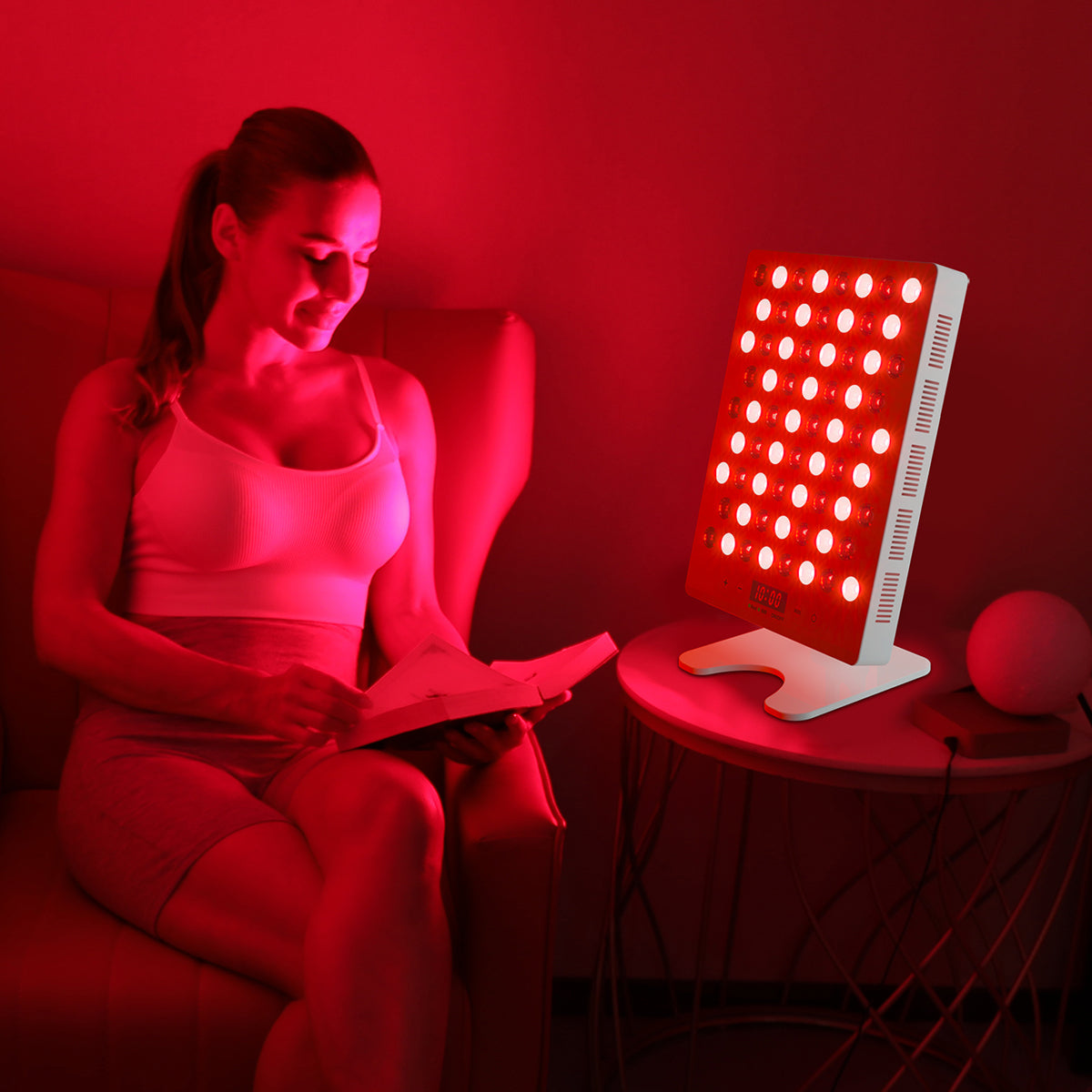
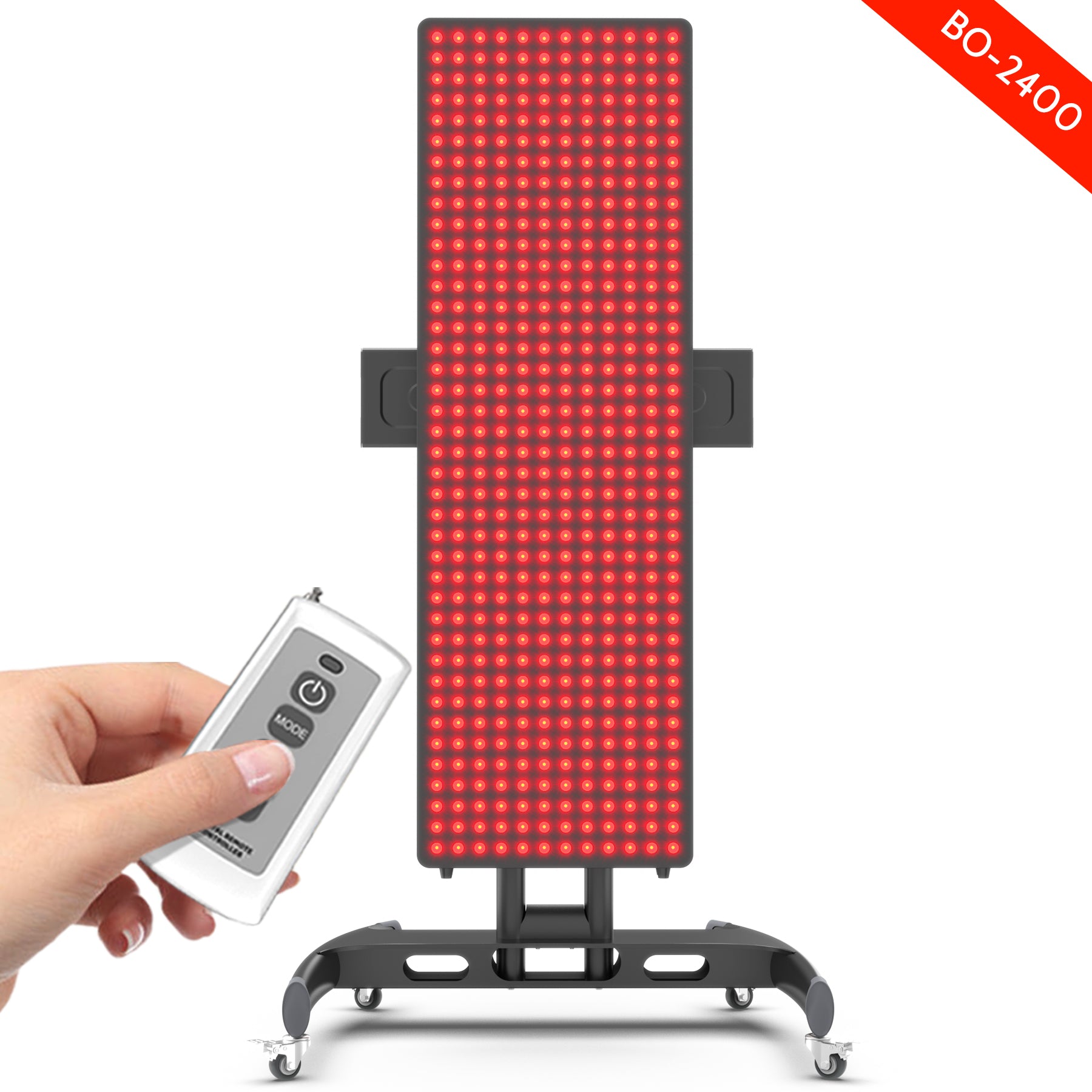
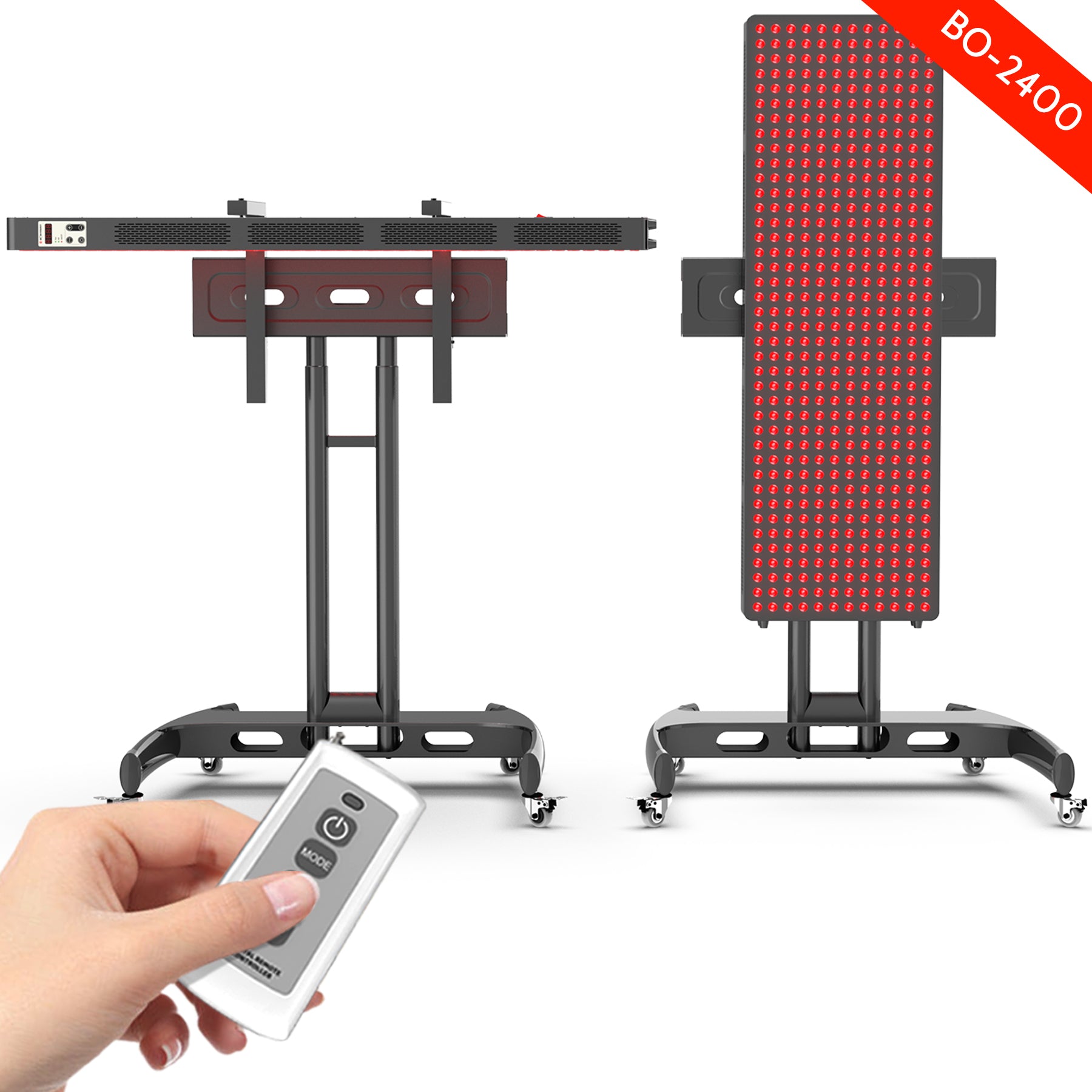
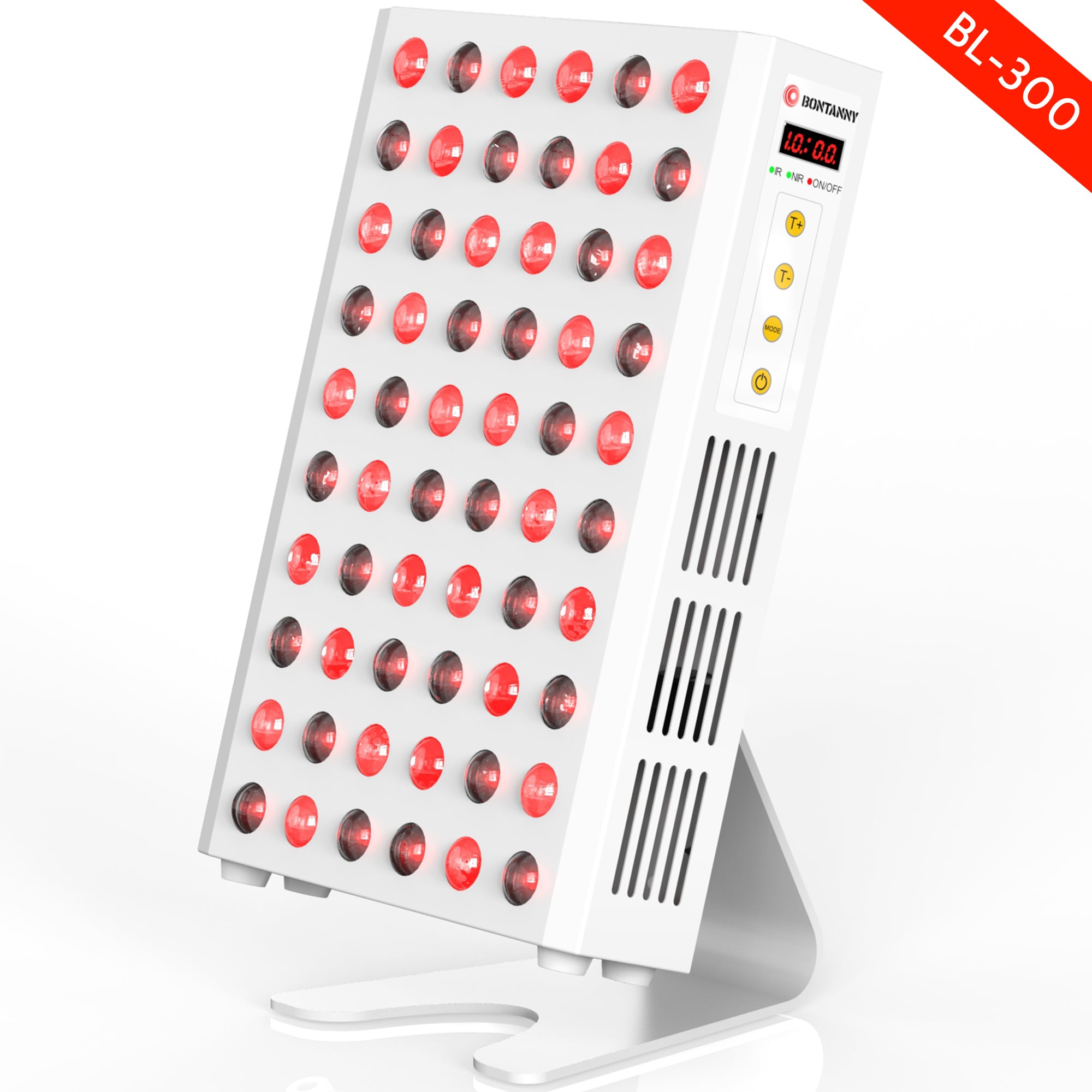
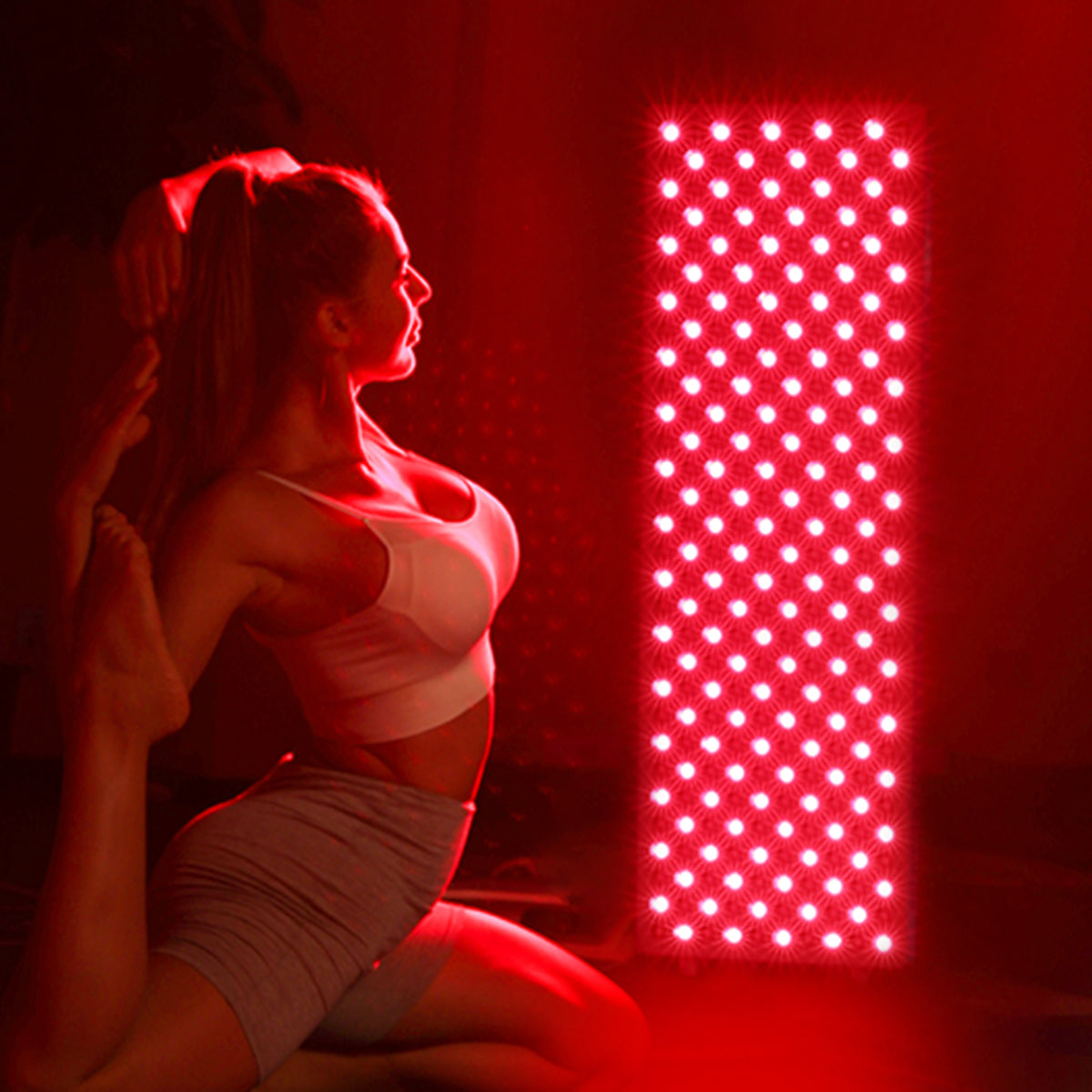
Leave a comment
This site is protected by hCaptcha and the hCaptcha Privacy Policy and Terms of Service apply.